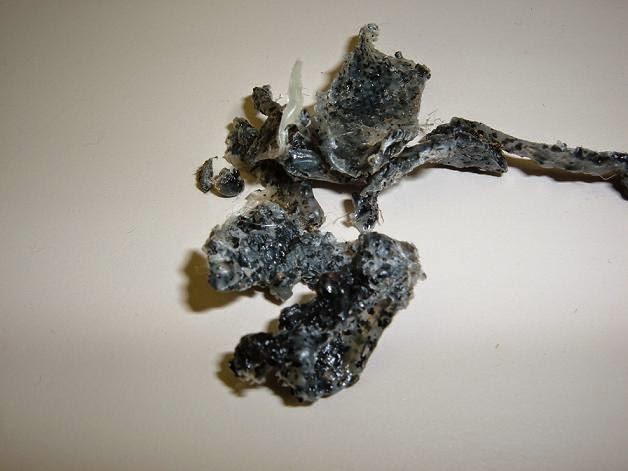What are the causes of char in glue melters and what can you do to reduce the buildup?
Wouldn’t it be nice to reduce the pesky char that clogs your nozzles and shuts down a production line. Sounds easy, right?!?
There are many variables that can attribute to this issue. Make some observations of your production lines based on the list of Challenges below. If you have any of these challenges below, you are prone to have glue melter clogging issues, which means possible expensive downtime.
|
Challenge
Impact Solution
|
Dry adhesive are stored in open container.
Contaminants fall into the container which may end up in the glue melter.
Store dry adhesives in a sealed container with a scoop used only for that container
|
|
Challenge
Impact
Solution
|
Glue melter is not filled with fresh adhesive until almost empty.
Surface areas of glue tank that are exposed to air will burn and char.
Coach line operators to keep glue tank 1/2 to 3/4 full of adhesive. If needed, attach a light or sound device to a level sensor in glue tank to notify line operator to fill glue tank. Add a sealed dry adhesive feeder, which, not only, provides a clean environment, but also increases safeness for filling glue tank
|
|
Challenge
Impact
Solution |
Glue melter is not in use and is running at operating temperatures.
Continuous heating of adhesive at operating temperatures can compromise adhesive viability. Any areas of the tank exposed to air for many hours can form char from residual adhesive burning.
Program a setback temperature for periods when melter is not in use or turn off.. Program start up 40 minutes prior to line start up.
|
|
Challenge
Impact
Solution
|
Glue Melter lid is either missing or open all the time.
Contaminants in the air can enter the adhesive in the tank causing clogs. Some contaminants can burn and cause char when mixing with the adhesive. An example would be box dust, product dust (flour/sugar), product packaging from above (bottom caps/pop tabs), etc.
Verify lids are present and closed, except during filling. Coach staff.
|
|
Challenge
Impact Solution |
Tank filters and inline filters are not changed often.
Collection of a large amount of debris on filters will eventually cause clogging due to pieces of debris breaking off and bypassing filter. Add changing filters to your Preventive Maintenance schedule. There is very little expense and this will prevent costly downtime. Depending on hours of use of the glue melter, add flushing the glue melter to your PM schedule. This will extend the life of your glue melter.
|
Let us know if you need help with determining a PM schedule on the glue melters and if you need parts.
Angela Wagley
sales@keystoneparts.com
800-235-8080

